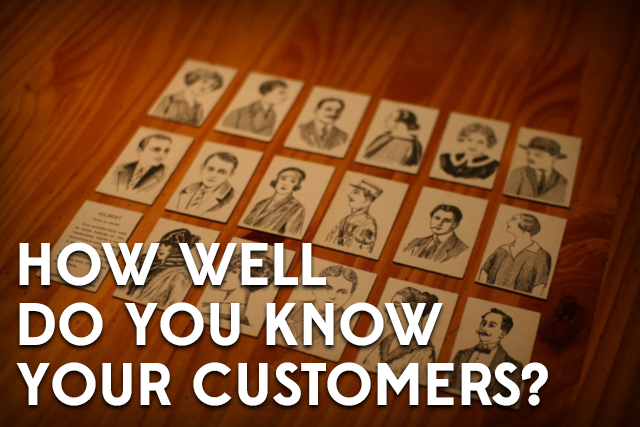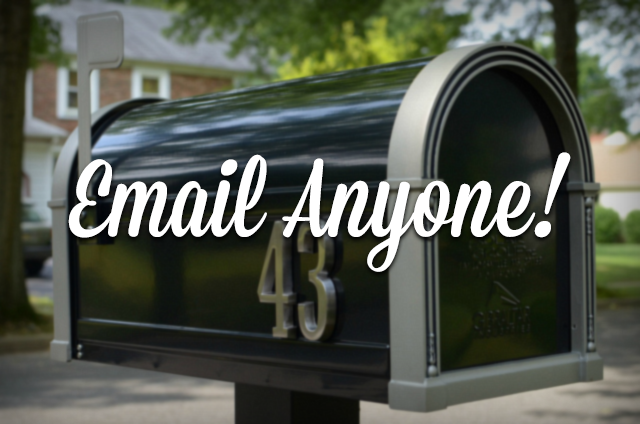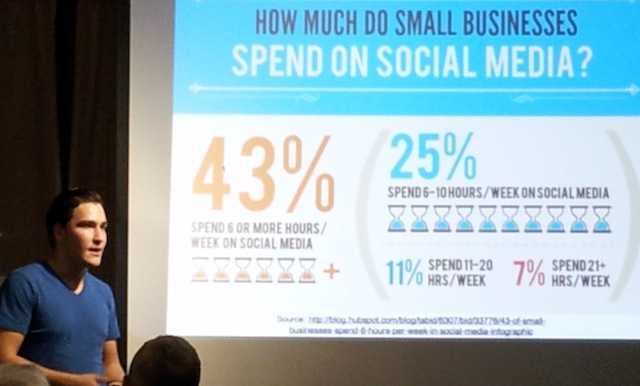
Why do some marketing campaigns succeed and others fail?
One of the most important factors, I believe, is the ability of marketers to put themselves into the shoes of the audience.
Only if you can think like, feel like, and behave like your audience, will you be able to communicate with them effectively.
In fact, this is one of the main reasons you’re often told to work on solving your own problems. It’s just easier to build and market a product when you know exactly how your target market will react.
But what if you’re not solving your own problem? And even if you are, how can you make sure you’re always on target with your marketing?
Book authors and screenwriters have figured this out a long time ago. When working on a new character, they often think through every possible detail of that character’s life, background and thought process.
Then, as the plot develops, the author can make decisions and evaluate situation through the character’s eyes. The questions turn from, for instance,”What would I, Quentin Tarantino, do?” to “What would Django do?”
Got it? Now let’s bring this analogy back home!
In marketing, we can also build characters that are highly detailed representations of our audience. We call these characters “customer (or buyer) personas.”
Customer personas help us make better business decisions and communicate both efficiently and effectively.
So today we’re gonna learn how to develop a customer persona for your startup, and how to use it.
Collecting Information: Where to Start?
When creating a customer persona, you want to be as detailed as possible, which may be a bit difficult to do at first.
So start by getting together with whoever’s doing business development, sales, marketing, and customer support at your startup. (it’s all you? not a problem!)
The key is that people who work directly with customers already have some insight into who those customers are.
And if you don’t have any customers yet, don’t worry! Fill in the gaps with assumptions, educated guesses, and research. I’ll show you how in a minute.
8 Components of Your Customer Persona
In total, there are about eight different questions you need to address when creating your character. Most are pretty straightforward, but let’s go through the list one by one.
Also, at the end of the post, there’s a downloadable worksheet that you can use with your team.
Side note: this template is something we’ve been using at Mobify and the credit goes to James & Monique Sherrett.
1. Name and title.
Start by giving your buyer persona a name and a title. This will make the character more real and will allow you to easily reference him or her.
Example: Ted Mosby, architect. (he’s a How I Met Your Mother character)
2. Basics.
Now move on to the basic background information, including demographics and psychographics — age, gender, location, family life, likes and dislikes, and location on the adoption curve.
Example: Ted is 30 years old single male living in New York. He likes old buildings and is an early adopter for [your product].
3. Professional and personal background.
Consider information such as job history, role, leisure activities, hobbies, etc.
Example: Ted graduated from NYU, tried architecture for a few years, but ended up teaching a course about architecture history instead. In his spare time, Ted goes to a pub with a group of friends, actively dates women and is looking to settle down. He’s a bit of a showoff.
4. Quote.
A quote is just a couple of sentences that encapsulate the persona’s attitude towards your product or service.
Example: Ted knows about [your product] but he isn’t sure if it has all the right features. He’s hesitant to sign up.
5. Technical background.
How comfortable is your character online and what activities do they perform on the web? What devices do they use? This is important for determining how the audience will interact with the brand online.
Example: Ted grew up without social media. He’s on Facebook like everyone else but he doesn’t use it much. He only reads a few blogs to which he subscribes via email. He likes to download information rather than read it online.


